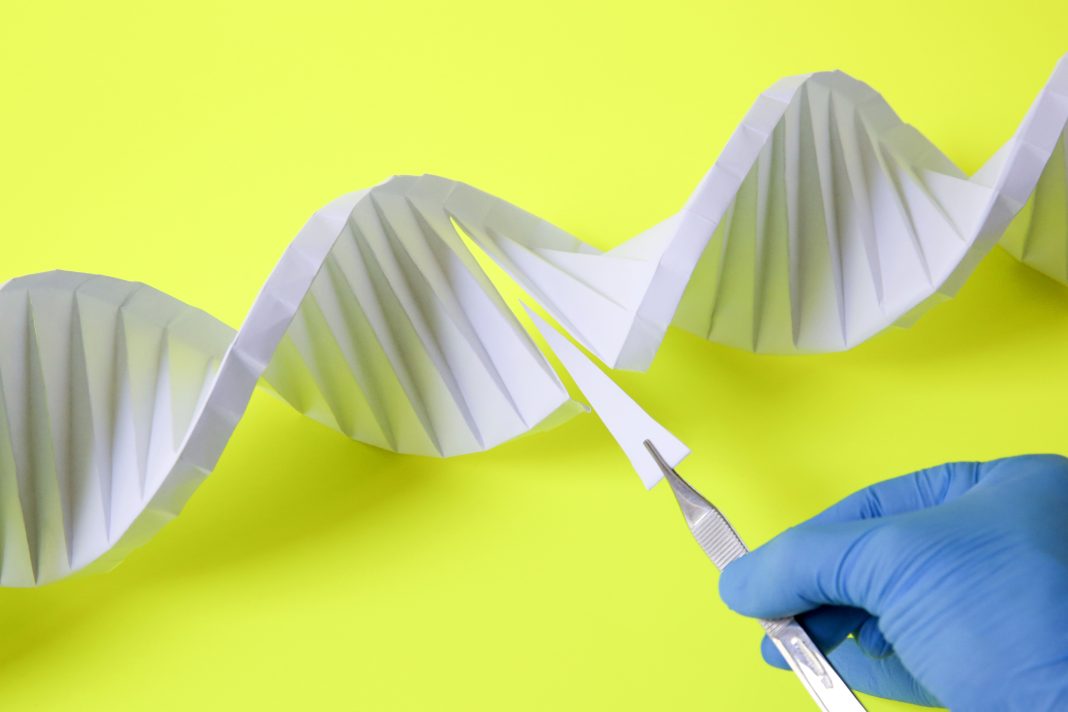Researchers at the Karolinska Institute have used DNA origami to demonstrate how an important cell receptor can be activated in a previously unknown way. The new study provides insight into how the Notch signaling pathway works and how it is involved in several serious diseases.
The findings are published in Nature Communications in an article titled, “Soluble and multivalent Jag1 DNA origami nanopatterns activate Notch without pulling force.”
Notch is a cell receptor that plays a crucial role in many different processes, including early embryonic development in both flies and humans. Notch regulates the development of stem cells into different cell types in the body. Defects in this signaling pathway can result in serious diseases, including cancer.
However, researchers at Karolinska Institute now report that the activation of Notch can also be achieved “on demand” with the help of a protein called Jag1. The researchers placed the protein on a DNA structure created by DNA origami, a technique that makes it possible to build structures of any shape at the nanoscale using DNA as a building material.
“This is a technique that allows us to place molecules of the Jag1 protein at very small distances from each other in different patterns, and then we have exposed these patterns to stem cells with Notch receptors,” said Björn Högberg, PhD, professor at the department of medical biochemistry and biophysics at the Karolinska Institute, who led the study together with Ioanna Smyrlaki, PhD, in the same department.
Their findings revealed that the Notch receptor can be activated to different degrees, depending on the shape of the pattern and the local concentration of the protein. However, several questions remain about how exactly this signaling takes place.
“We are now collaborating with other researchers to see if we can make this method work in vivo as well, i.e., in a mouse model and not just in test tubes,” said Högberg. “This is basic research, but Notch is an important component in several diseases, including a form of leukemia and the developmental disorder Alagille Syndrome. We therefore hope that the results will also lead to a better understanding of these diseases.”



